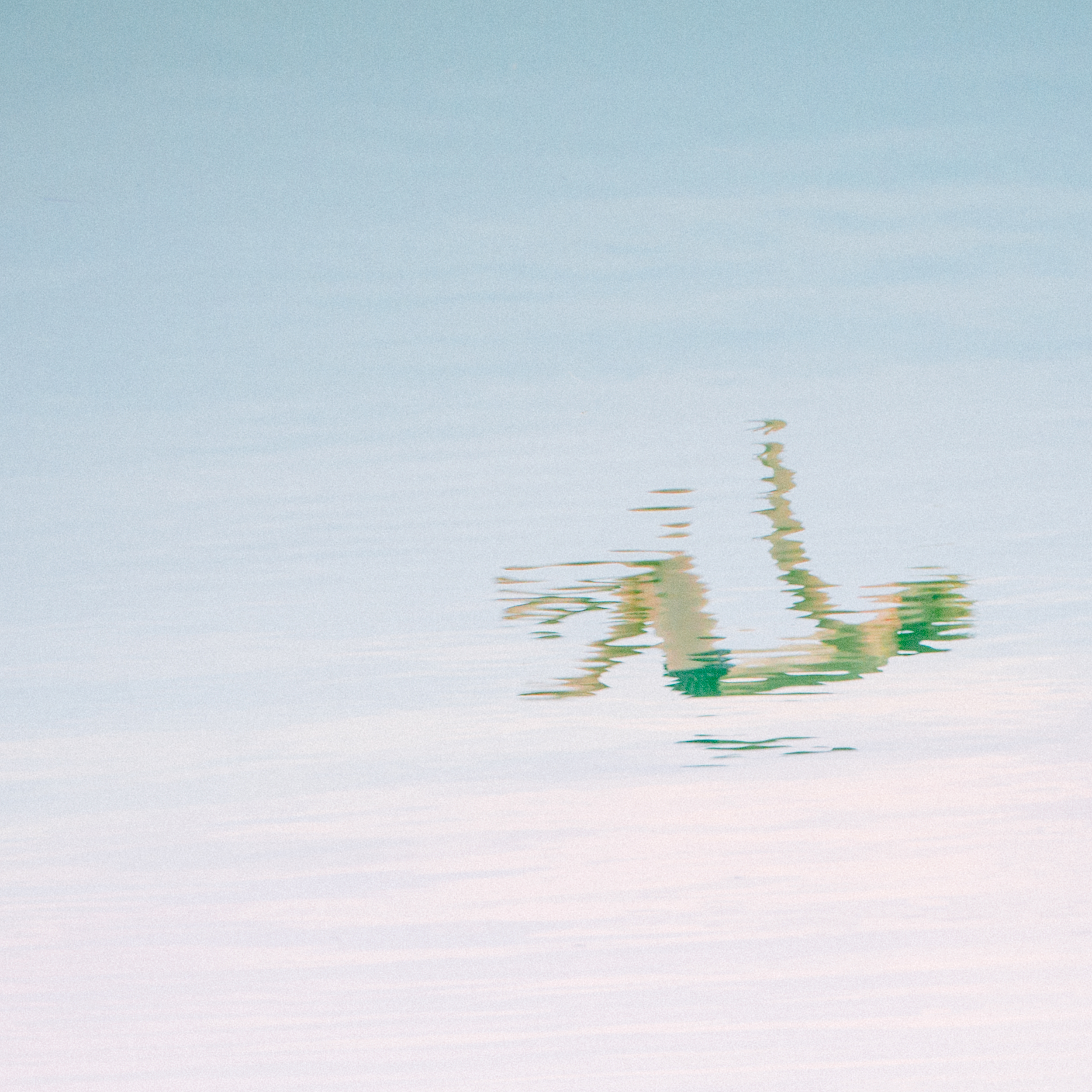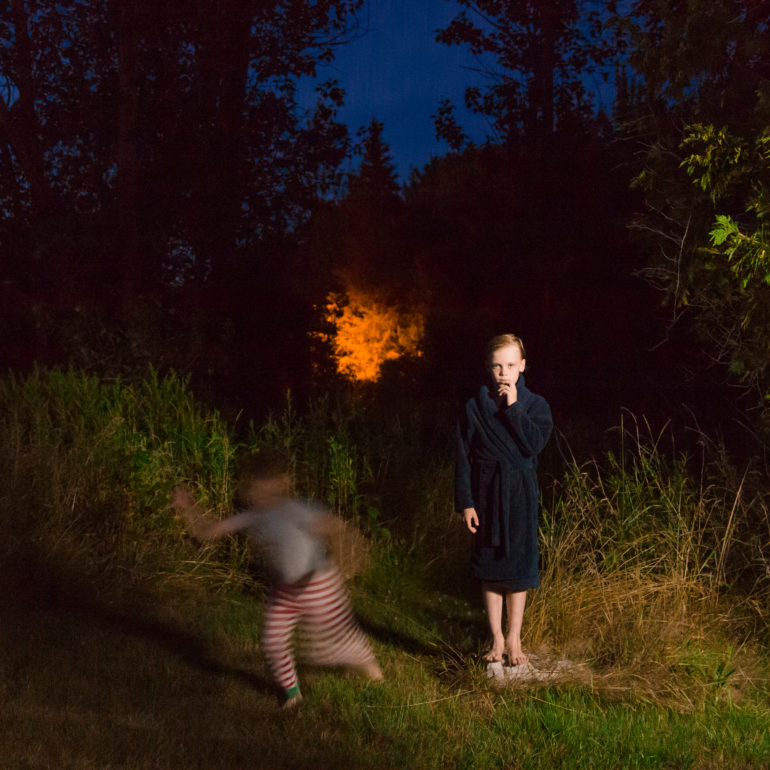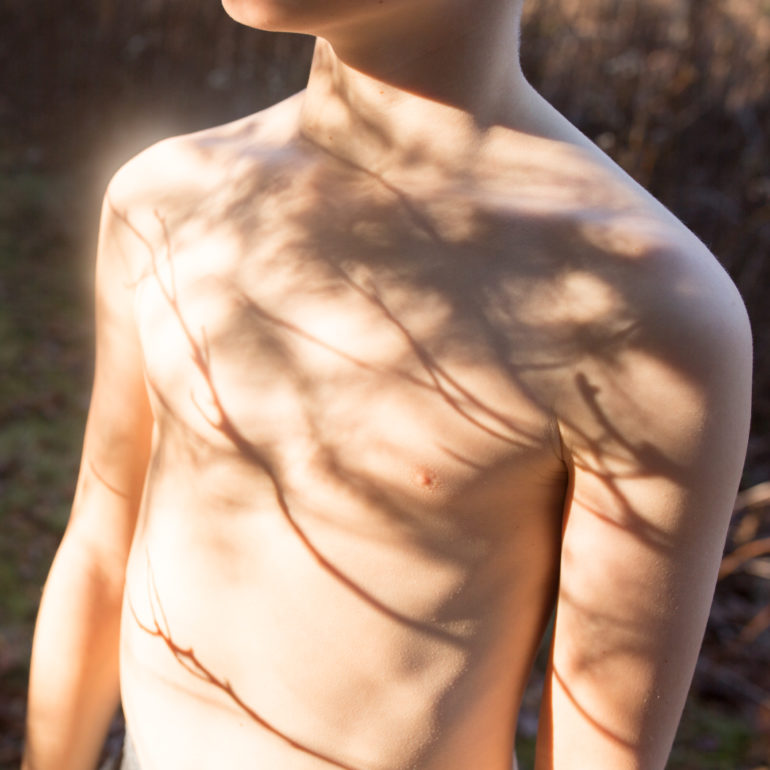Last Updated on 11/05/2018 by Mark Beckenbach
In her series, writer and visual artist Cate Wnek bares parts of her soul through words and images.
Cate Wnek photographs as beautiful and poetic as she writes. This much shines through as we look at her series, Raising Goosebumps. Each image that comprises it might not easily make sense individually, but collectively – words, pictures, and all – they seem to invite the viewer to take a closer look and see the inner workings of her mind.
“Raising Goosebumps is a process of holding on and letting go, facing fragility with curiosity and reflection,” Cate says. She expresses hope that the images serve as an “experiential escape” both for the viewer and for herself, in which she “can escape from expectations to reconnect with my own childlike imagination and kid eyes.”
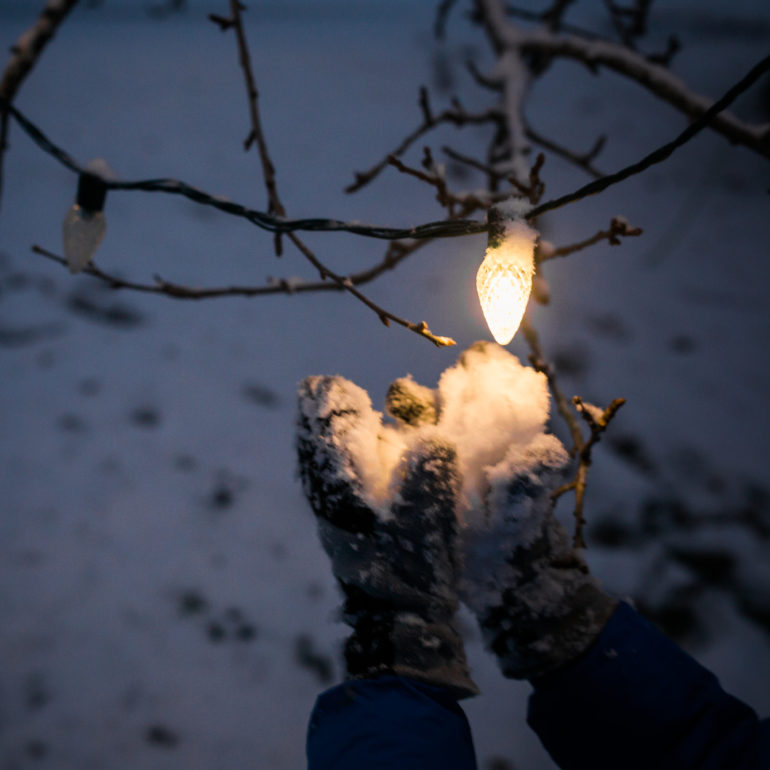
We talked to Cate to learn more about her process of creating Raising Goosebumps, how photography affects her writing and vice versa, and her inspirations.
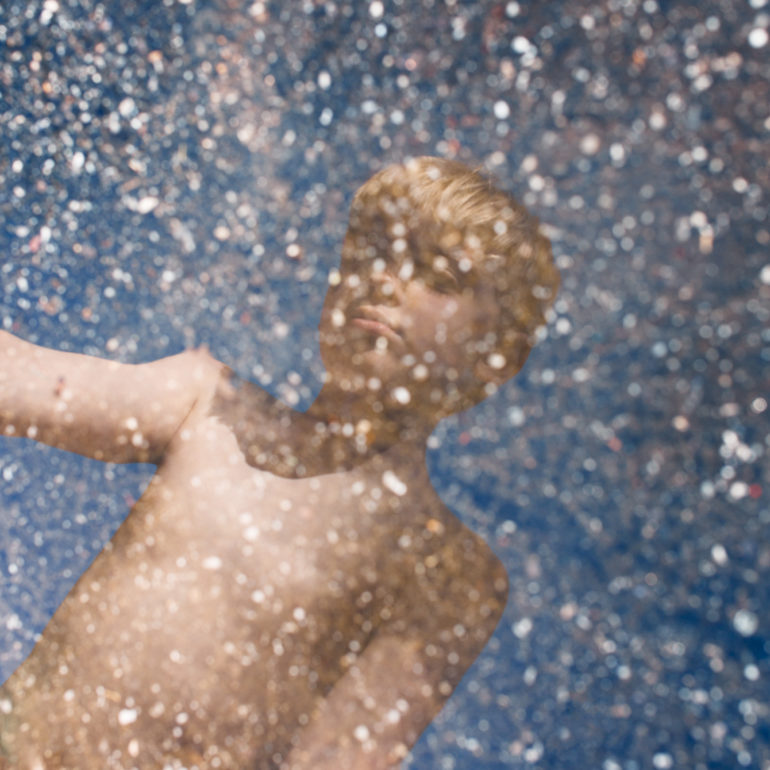
Phoblographer: Please tell us about Raising Goosebumps. To me, with your lovely writing accompanying your work, they appear to be like entries from a personal journal. Was this your intention?
Cate: Raising Goosebumps is a process of holding on and letting go, facing fragility with curiosity and reflection. It seems as though I am always wondering how to circumvent the plethora of stumbling blocks both in life and in the creative process. And further still, about how to become comfortable with the uncertainty running beneath everything. I’ve come to see how being in a place of relative discomfort opens the opportunity for ideas to come to me from the most unexpected places — i.e., awe, and wonder like unwrapped gifts.
My writing often serves as a magnifying glass in the process of creating. Raising Goosebumps has shown that to me. I’ve been making pictures that bring me back to myself. I can externalize my inner space, freeing butterflies.
And, yes, there is definitely a stream of consciousness and/or journal quality to a lot of the writing, like connecting with forgotten ideas and feelings. As a way of losing myself, I become fully focused and present in the making. Fear and doubt will make my work stronger if I keep them behind me to push me towards possibility. I say to Fear, you are welcome to come along, but Possibility rides shotgun. In these moments, I can relax into it, close my eyes and feel my way to enchantment. Then what worries me falls away, and I am transported to an alternate world.
Phoblographer: Please tell us about Fever, Partly Sprung, and In the Salty Season. How do these things connect under Raising Goosebumps?
Cate: As a part of working with the work, I have been playing with the idea of chapters, parallel to nature’s seasons. This serves as a way to look at the images from different points of view. I am frequently pairing and sequencing the work in different ways. What feels right one day is all disjointed the next, laughing at me. This makes me think of trying to fit too many clothes in a suitcase. As time passes and I delve deeper, the images mount. Printing them out in 3×3 squares, I shuffle and sort, like trying to fit together pieces in a puzzle. These chapters will evolve, I think, so stay tuned! LOL.
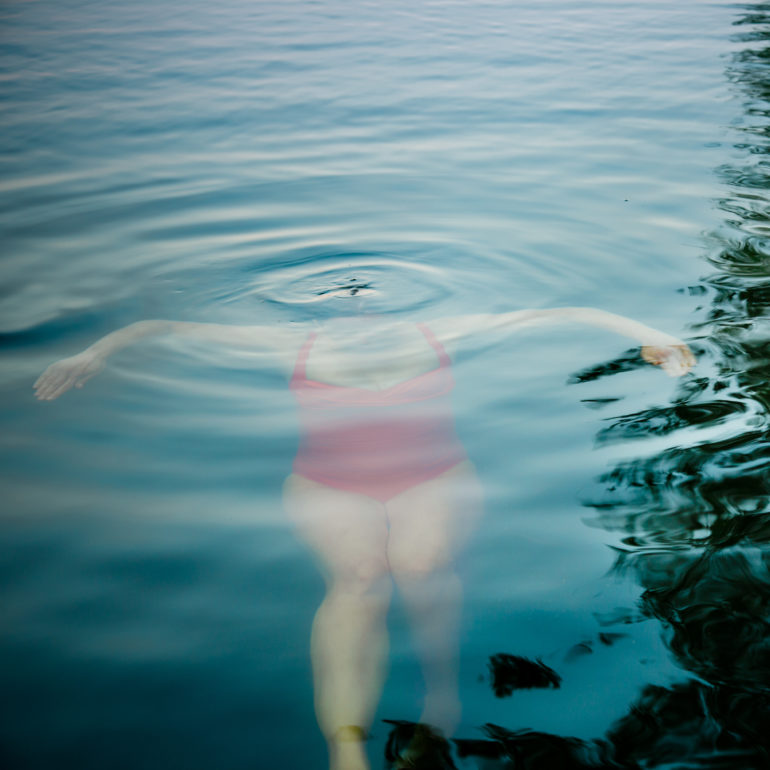
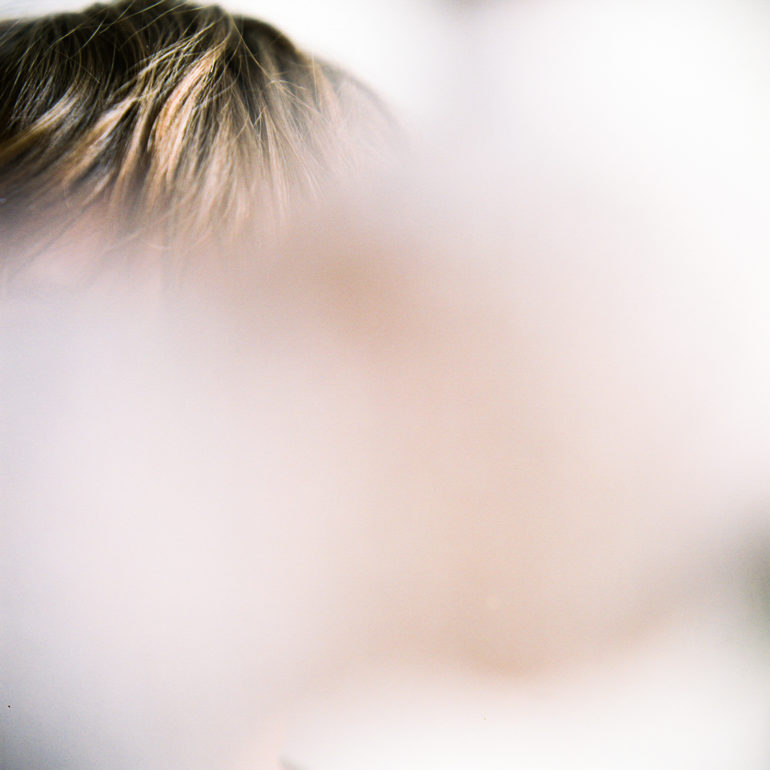
Phoblographer: What inspired or triggered you to creating this series?
Cate: More than anything, it stemmed from a need to grow and expand in my work. Scrolling over all of my images of the children of the past several years, most if not all were so evanescent to me. Quite suddenly, I sought something deeper, and different. I’ve found that what I really want to get to the bottom so that I can look up, to delve inward, to make work that speaks to what is happening inside me.
Phoblographer: As it usually happens with bodies of art, people would most likely have different interpretations of Raising Goosebumps. But how would you, as the creator, describe it to us? How do the images and your words connect with one another?
Cate: My hope is that for any viewer, including myself, that it is an experiential escape. Within the images, I can escape from expectations to reconnect with my own childlike imagination and kid eyes. This is where I am granted relief and repair, all while turning the burning feeling in my belly into something magical. Seeing beauty through the camera’s lens, almost like a kaleidoscope, I take on the kind of awe and wonder that raises goosebumps on my skin. It is the stumbling that facilitates my fascination. Through all this, I am able to go deeper into myself for managing with renewed clarity and courage.
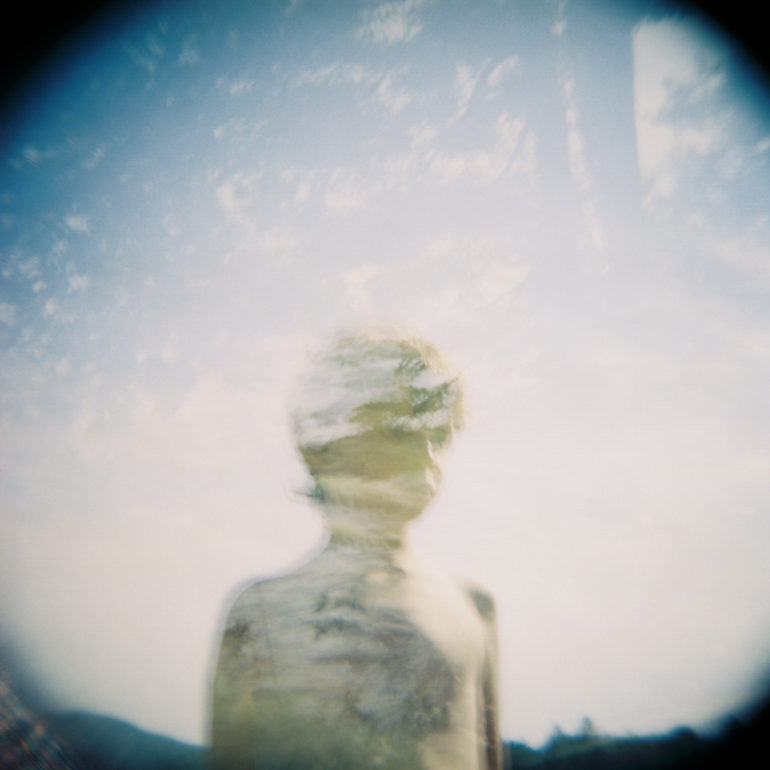
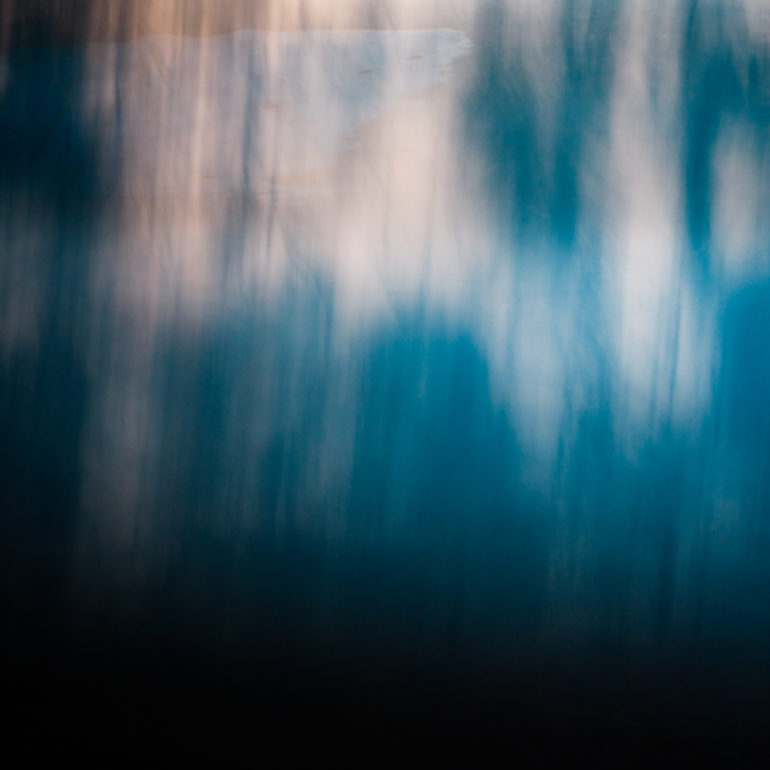
Phoblographer: Now, let’s talk about you! Please tell us about yourself and your work.
Cate: I came to Maine for the light; air, mountains, lakes, and the ocean compelled me to stay. I married the boy I met in college, went to business school for an MBA, and worked on a Global Markets trading floor in Boston. Pregnancy and the allure of a lifestyle away from the city pulled us back to Maine together. We have two boys, aged 9 and 12. I am a foodie! The perfect day for me starts with mocha pot coffee and a locally made English Muffin with Maine Wild Blueberry jam. I love to go for a run, eat a scrumptious salad for lunch, and devour one of my husband’s delicious Mexican dinners. One large joy I find in photography is communicating with other photographers so a good catch-up with a photographing peer would be the icing on the day.
Phoblographer: How did you get into photography?
Cate: In my peach-colored room in Northern Virginia, where I grew up, I would sometimes hold my Dad’s camera in my hands, and snap some self-portraits in the mirror. And I would take lots of photos on our family vacations. But it wasn’t until seven years ago that I realized I had a real interest in photography and began to experiment. My children quickly became my primary subjects and source of inspiration. I was communicating with other mothers photographing their children online. Then I came across the work of Sally Mann, and thought to myself, “Oh! This is something that can really occupy me for a while!” Since then, photography has evolved as a way for me to pave a road towards my own potential, post-babies.
In life, we are supposed to come up with a plan, encased in conventional responsibilities and expectations for the way we are to live. It’s like walking a fine line, but it’s not meant to be that way. We are supposed to tilt and curve, up and down. That is what we are designed to do. Photography serves to remind me of that, as well as model this flip side to my children, being led by what we are curious and what we COULD do with ourselves.
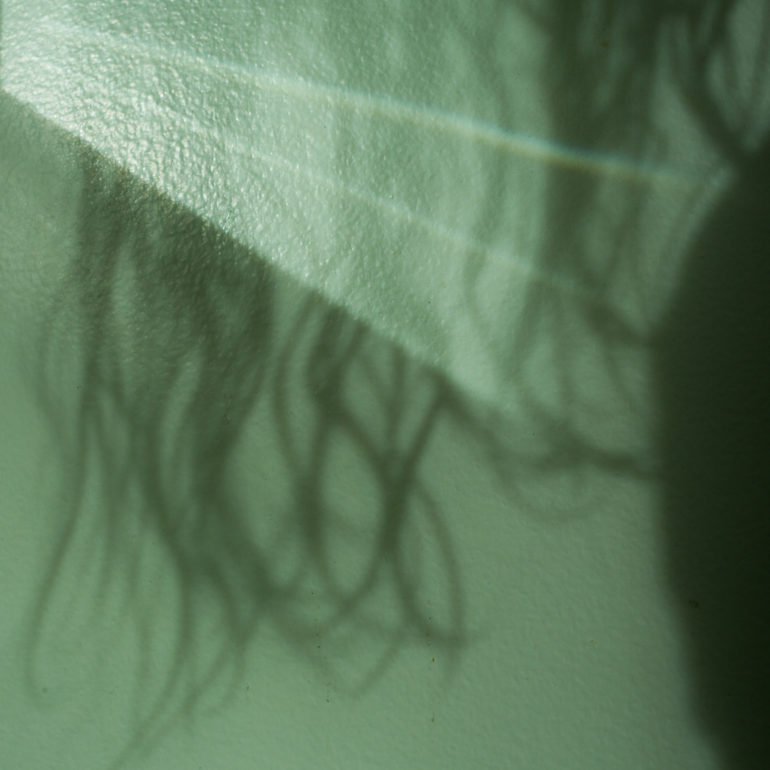
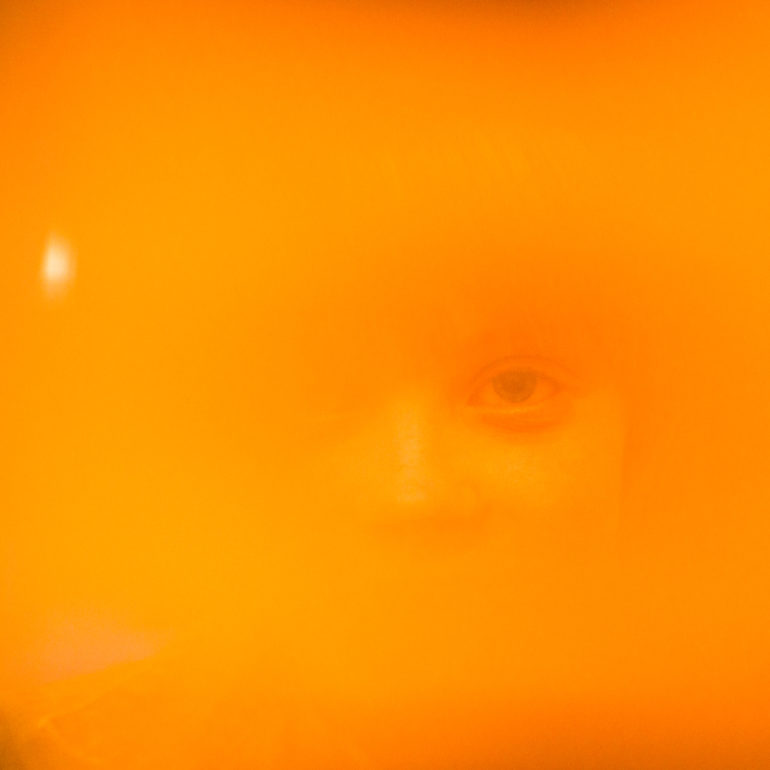
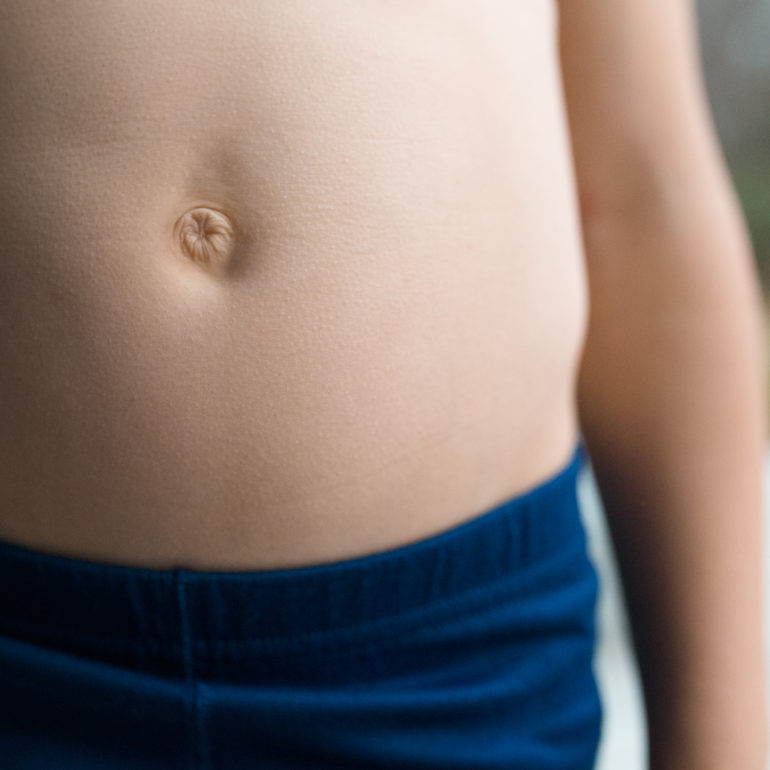
Phoblographer: Aside from being a photographer, you are also a writer. How does your work as a photographer affect your writing, and vice versa?
Cate: Overall, I would say it’s oscillating between photo and writing that keeps me fully engrossed in the work. It’s like keeping both lanes open on a two-lane road. I try to be as receptive as possible to the magic of making. Writing can be just as playful, experimental, and as releasing as photography. Doing both helps me to be available and agile in the process of being creative.
I think that my working in multiple media — photography and writing as well as artist books — brings about ways of perceiving. Also, when I feel fallow, I can turn to the other for continuation, bouncing back and forth between the camera and the pencil/keyboard to weave my way. Multi-functionally, I am finding new ways of perceiving and solving – both in reality and in the magic of my work.
Phoblographer: What inspires you?
Cate: Light, connections, mystery, wonder. Often it is other people’s writing that inspires me, like Elizabeth Gilbert, Rebecca Solnit, or Annie Dillard, for example. They write about all of these things, as well as human beings’ place in the natural world. Other writers’ words often prompt my photography, and other photographers’ work spurs my writing. And for that time, it could be a photographer like Rinko Kawauchi whose work propels me forward.
Phoblographer: Please tell us about the gear you use nowadays.
Cate: I use a variety of cameras. Each one gives me such different feelings and perspectives. I am genuinely lucky to be quite long on cameras, but there are a few I use the most. Here is the list: Sony Alpha a7ii, Canon Mark iii, Hasselblad 500 c/m, Holga, and even my iPhone. The best camera is the one you have with you, right?
Phoblographer: Any parting shots?
Cate: How about a quote! Annie Dillard writes in A Pilgrim at Tinker Creek, “We walk around; we see a thread of infinite possible combinations of forms. Anything can happen; any pattern of speckles may appear in a world ceaselessly bawling with newness.” It’s the discomfort that sparks!
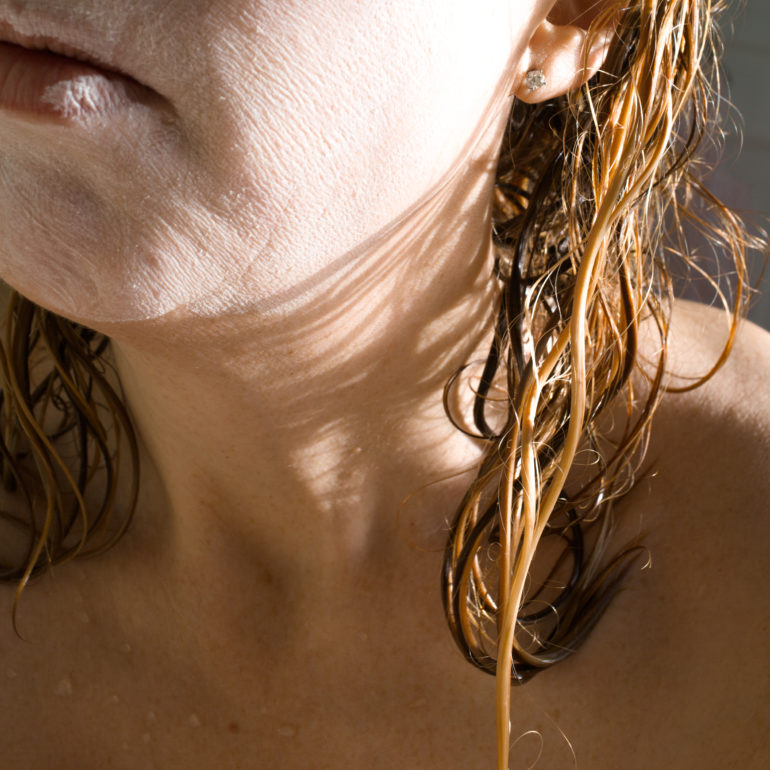
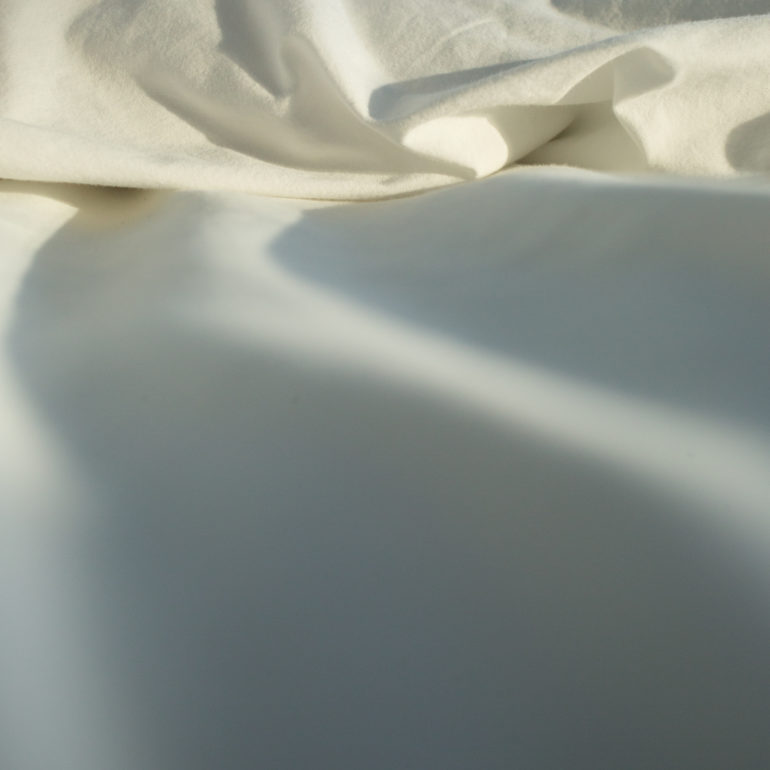
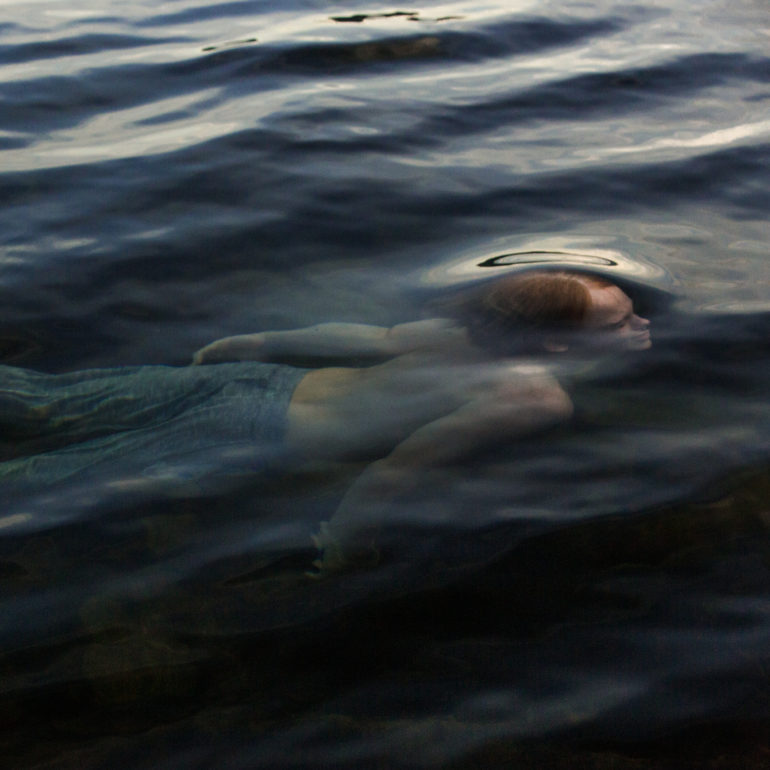
All images by Cate Wnek and used with permission. Don’t forget to visit Cate’s website to see more of her work.


